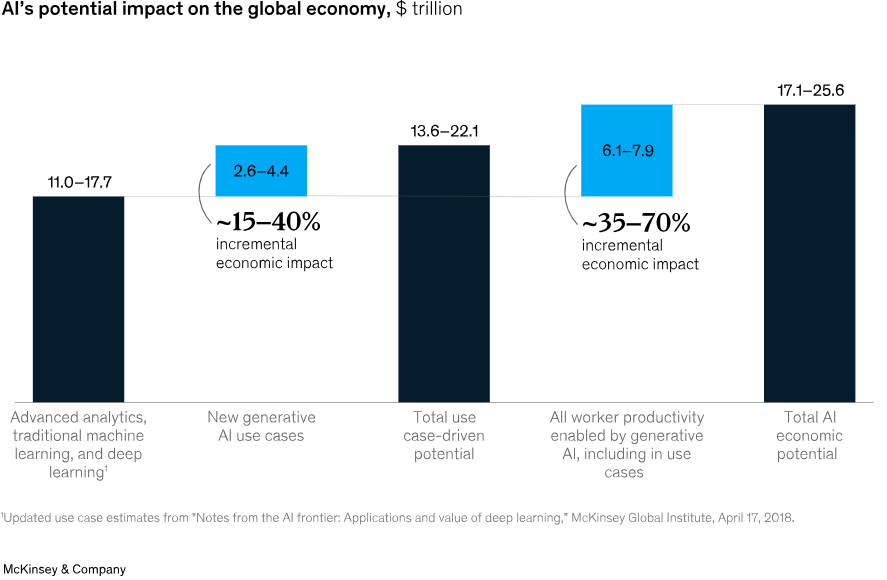Meta Platforms’ Revenue Surges Amid E-Commerce Ad Spending Shift
As Meta Platforms (NASDAQ: META) prepared to announce its first-quarter results, concerns arose about the impact of reduced spending from China-based e-commerce exporters, such as Temu and Shein. These concerns were not unfounded; last year, Chinese companies represented approximately 11% of Meta’s revenue. According to marketing intelligence firm Pathmatics, Temu’s advertising spending on Facebook plummeted from over $1 million a day to almost nothing.
This drop in advertising comes partly due to the ongoing U.S.-China tariff war and the phasing out of the de minimis exemption, which previously allowed goods worth below $800 to enter the U.S. tariff-free. This exemption had significantly benefitted companies like Temu and Shein, enabling them to invest heavily in U.S. digital advertisements.
However, when Meta released its recent financial results, the company provided strong guidance for the year. It suggested that some of the ad budgets from Chinese firms have been redirected to other markets.
AI Drives Growth at Meta
Meta reported a robust first quarter that surpassed analyst expectations. The company’s revenue rose by 16% year over year to reach $42.31 billion, a 19% increase when adjusted for constant currencies. Earnings per share (EPS) soared 37% from the previous year, landing at $6.43, exceeding analyst predictions of $5.28, as compiled by LSEG.
Advertising revenue also experienced a 16% increase, totaling $41.4 billion. However, revenue from Reality Labs, which focuses on Meta’s metaverse projects, decreased by 6% to $412 million. Operating income from its core social media applications grew by 23% to $21.8 billion, while Reality Labs recorded a loss of $4.2 billion.
Notably, advertising growth was buoyed by a 5% increase in ad impressions and a 10% rise in average ad prices. This indicates that Meta has managed to successfully present more ads to users while simultaneously raising the cost for advertisers. Much of this success is attributable to the company’s investments in artificial intelligence (AI).
AI has enhanced user engagement on Meta’s platforms, leading users to spend 7% more time on Facebook and 6% more on Instagram. Additionally, AI assists advertisers in identifying and targeting their audiences more effectively, which can improve ad conversions. Due to these improvements, advertisers are more likely to invest in Meta’s platforms, driving up ad prices.
Meta’s user base also continues to expand. The count of daily active people (DAP)—a measure of registered users who log in daily to any of Meta’s apps—rose by 6% year over year, reaching 3.43 billion in March, exceeding analyst expectations of 3.39 billion.
Moreover, Meta’s new app, Threads, has gained traction, boasting over 350 million monthly active users, up from 320 million at the beginning of the year. The company has only recently begun opening Threads to advertisers and anticipates a gradual rollout of ads on this platform in the coming year.
Looking ahead, Meta has forecast that second-quarter revenue will range between $42.5 billion and $45.5 billion, suggesting growth of 9% to 16% year over year. This projection considers the observed trends with China-based advertisers in April. CEO Mark Zuckerberg emphasized that Meta is performing well and is well-equipped to navigate ongoing economic uncertainties.
Additionally, the company has significantly increased its full-year capital expenditure outlook to between $64 billion and $72 billion, up from a prior forecast of $60 billion to $65 billion. This increase reflects additional investments in data centers to support AI initiatives and anticipated higher hardware costs.
Evaluating Meta Stock
The tech stock sell-off has impacted Meta, which remains over 20% lower than its peak. However, this quarter demonstrated that Meta is not overly dependent on advertising revenue from Chinese e-commerce firms. AI continues to be a substantial growth driver for its advertising revenue. While the company is not immune to challenges posed by the current U.S.-China trade war, its ongoing investment in AI positions it favorably for sustained growth despite short-term market fluctuations.
Meta stock currently trades at a forward price-to-earnings (P/E) ratio of about 23 times based on 2025 analyst estimates. Considering its strong revenue trajectory, this valuation appears attractive.
Given all the factors, this might be an opportune time to consider Meta as a long-term investment.



